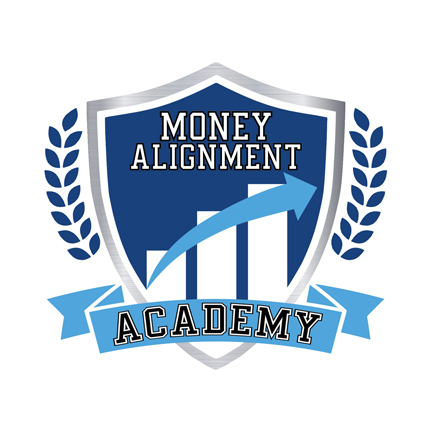This is so important; if we don’t save money for our retirement, no one will bail us out.
This is so powerful; we get so many of our most important benefits through our employers.
This is so time sensitive; we need to get started saving and investing for our futures ASAP.
Financial wellness is a relatively new, but rapidly expanding thing. A key component to a successful financial wellness program is a 401(k) plan. 401(k) plans can be confusing, intimidating, and needlessly complex.
I’ve been passionately working to help people get better at money for over 20 years, and I’ve discovered that employers are in a unique position to help their employees. More and more employees are beginning to expect financial wellness resources as well.
My goal with this post is to convince you to incorporate a financial wellness program and 401(k) into your company’s benefits package.
Here’s what we’ll cover:
- What is a 401(k)?
- Should my company offer one?
- Is it complicated?
- What do I need to know about it?
- How do I get started?
Let’s get started.
What is a 401(k)
They are a type of Qualified Plan (other examples of qualified plans include 403(b)s, SEP IRAs, SIMPLE IRAs and Pension Plans) that has become one of the primary methods Americans use to save for retirement, as well as an important employee benefit.
It’s a company-sponsored retirement plan that employees can contribute their income to, and employers may match those contributions.
Why is a 401(k) called a 401(k)? Because when you go to section 401(k) of the Internal Revenue Code, that’s where you’ll find the rules governing these plans.
There are two ways to contribute to a 401(k), Pre-tax and Roth. When you make a pre-tax contribution, you reduce your taxable income for the current year, and will pay income tax on your money when you withdraw it. When you make a Roth contribution, it’s an after-tax contribution, and you will not have to pay income tax when you withdraw your funds.
401(k)s have rules around how much can be contributed and when the funds can be accessed. While these rules are always changing, they are straightforward and easy to understand.
Should my company offer one?
Yes.
Is it complicated?
Yes, but unnecessarily. Like so many things in life, it’s possible for two things to be true at the same time. For a variety of reasons, the financial services industry and many financial professionals, overly complicate 401(k)s. They utilize fear-based tactics to scare you into spending additional money for unnecessary protections.
Make no mistake, should you decide to offer a 401(k) to you employees, you’ll need to establish a process to ensure you stay in compliance and doing all the important things. The good news is, technology is helping to reduce our liability and drive down the costs of doing what needs to be done.
Bottom line; don’t let complexity stop you from offering a 401(k), and don’t buy from someone selling fear.
What do I need to know about it?
Simply offering a 401(k) will not result in your employees contributing to it. Like many other things in life, just because it’s good for us doesn’t mean we’re going to do it.
That’s where a financial wellness program comes into play. These programs are designed to help people achieve their desired level of financial success. Some people simply want financial certainty and security, some want to retire early, others still want to be filthy rich. Whatever a person’s desire, a financial wellness program should provide those resources.
For the purposes of this post, think about it like this; I could give you the greatest guitar in the world, but if you didn’t know how to play it, it wouldn’t matter. You need to educate people on how a 401(k) works, and how it fits into their overall financial situation. That should be one of the initial goals of a financial wellness program.
How do I get started?
More good news. 401(k)s have gotten less and less expensive, and there may also be tax credits available to you. Request proposals from providers, select one and get started with implementation.
As soon as you’ve decided to offer the plan, announce the good news to your employees. You’ll work with the 401(k) company to take care of all the important details, and hold meetings to explain how everything works to your employees.
From there, you’ll monitor and manage the plan, as well as your financial wellness program on a quarterly basis. Again, it doesn’t require a ton of time, but it will take some time to effectively manage your plan.
Resources mentioned
You may not believe me, but the IRS website is helpful and fairly easy to navigate.
If you’d like help in selecting a 401(k), we can help. The same is true for Financial Wellness programs.
Connect with one of our Certified Partners to get any question answered.
Stay up to date by getting our monthly updates.
Check out the LifeBlood podcast.
LifeBlood is supported by our audience. If you purchase through links on our site, we may earn an affiliate commission. Learn more.

